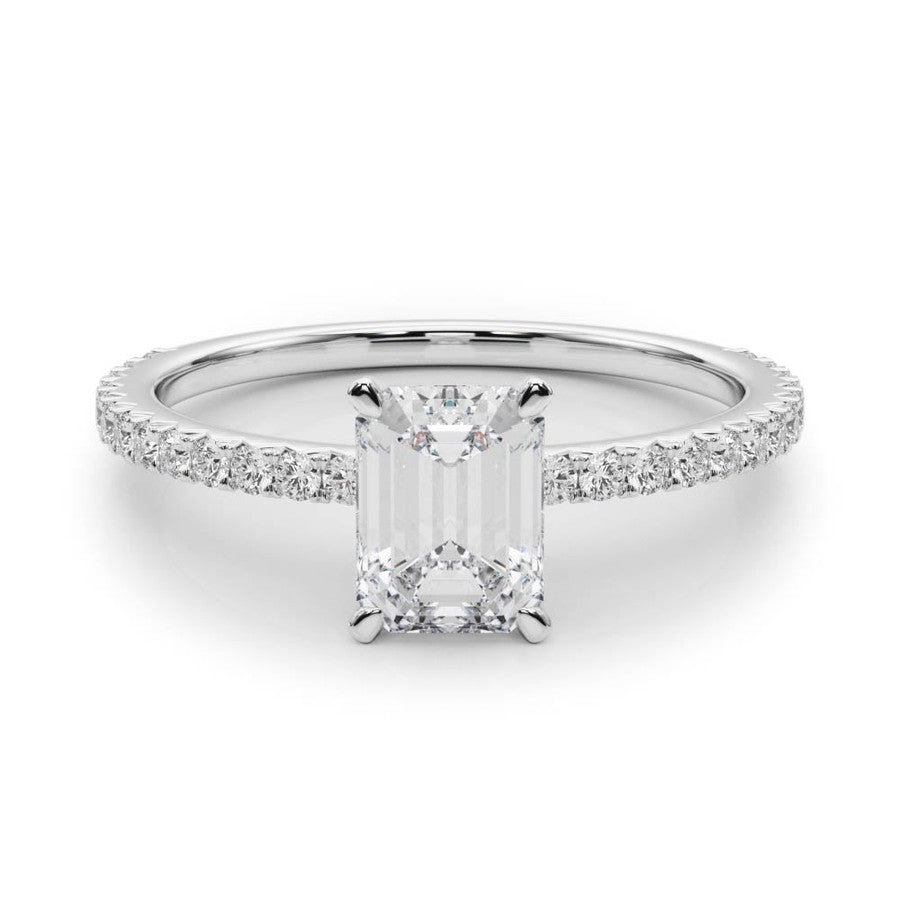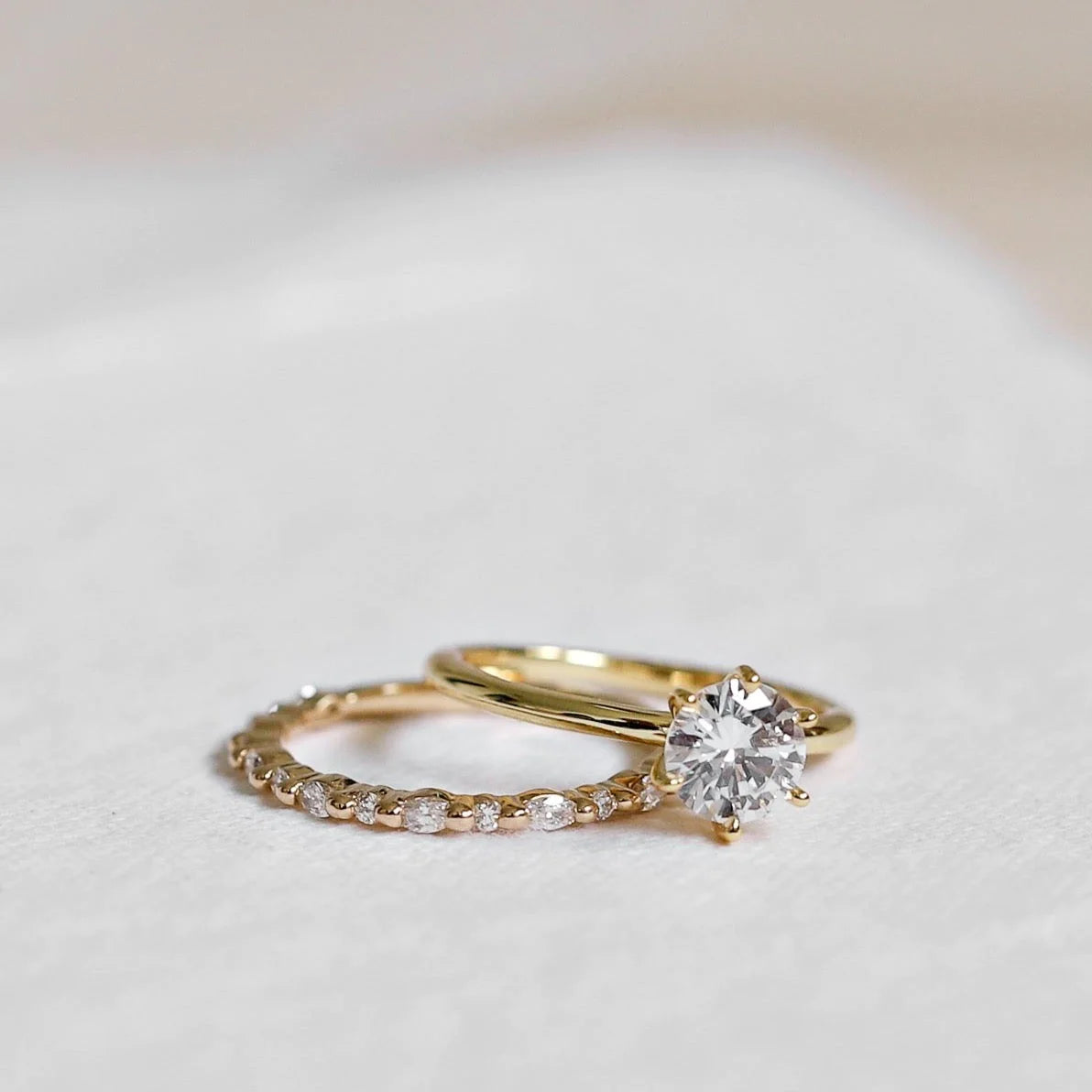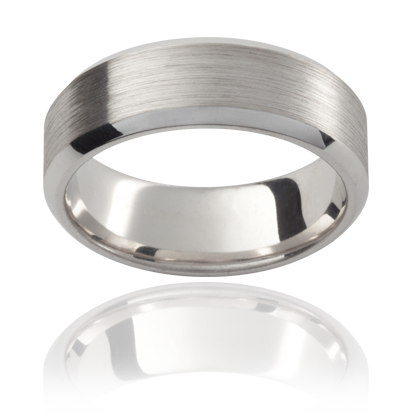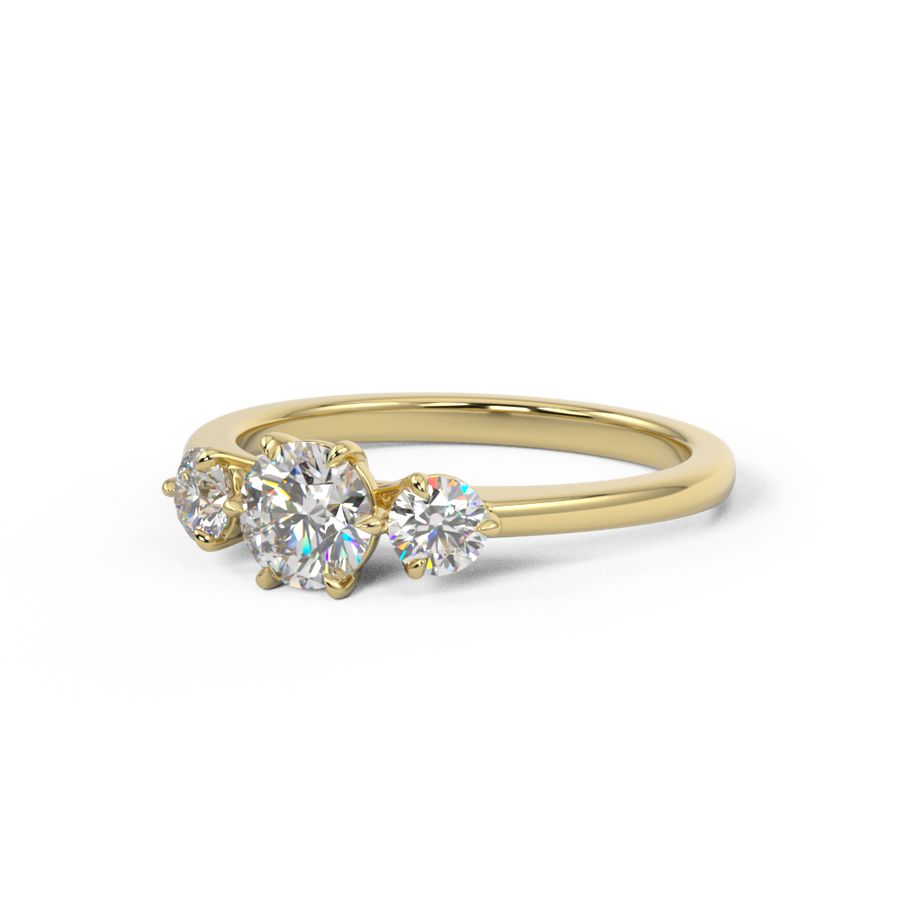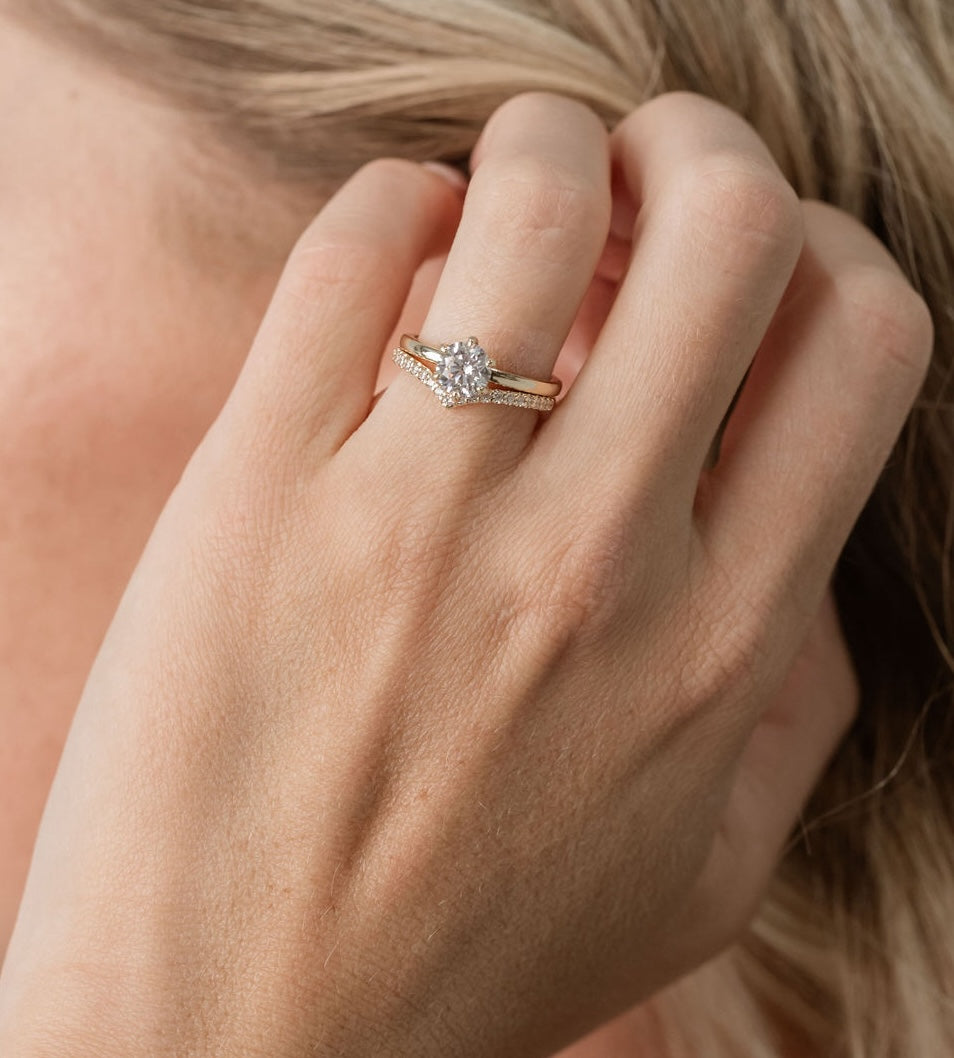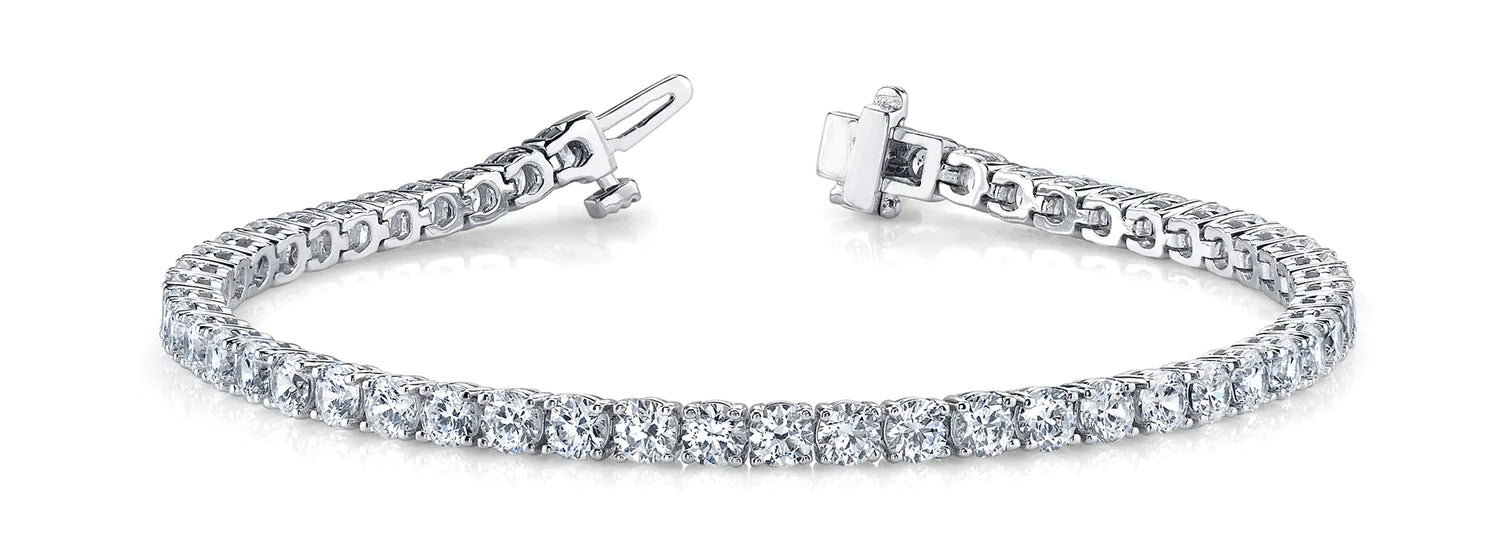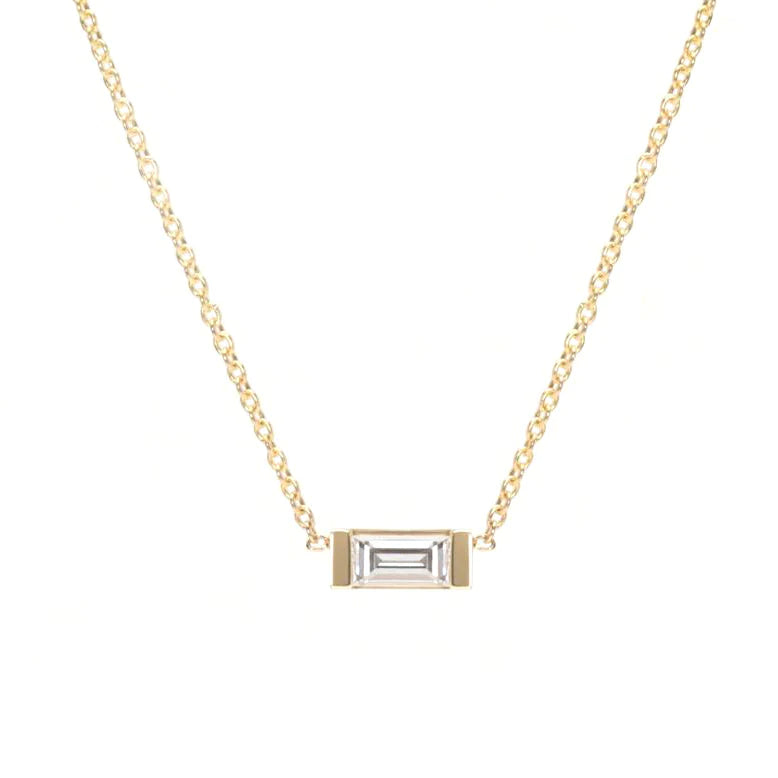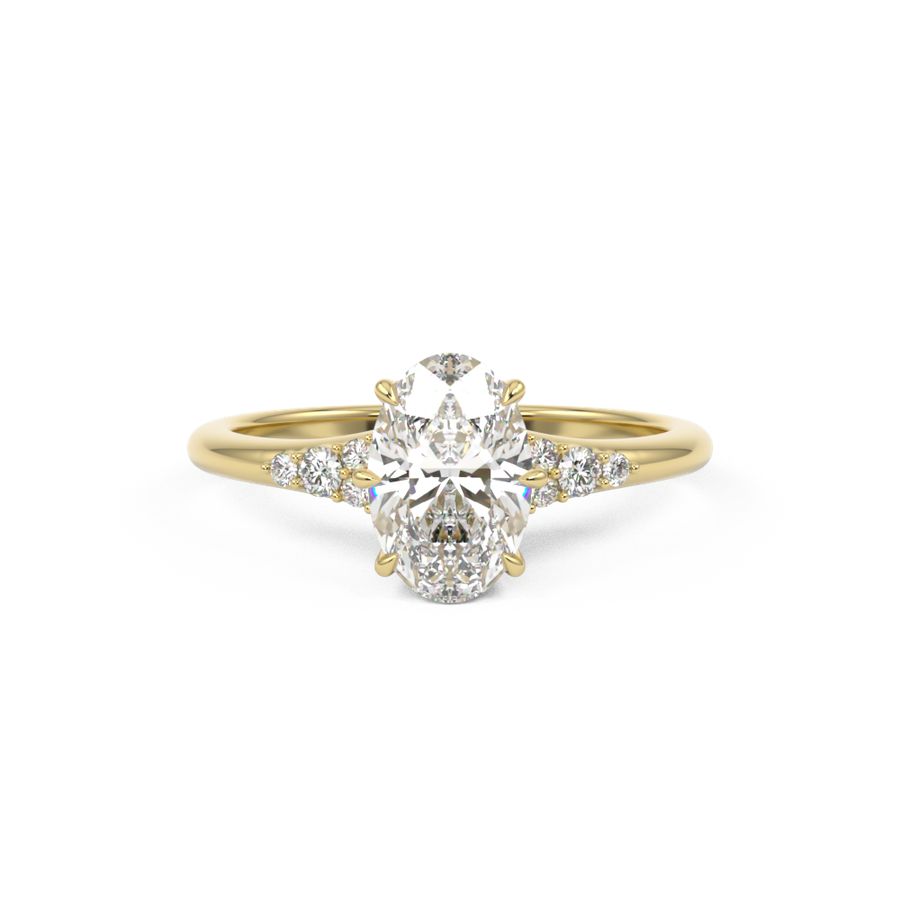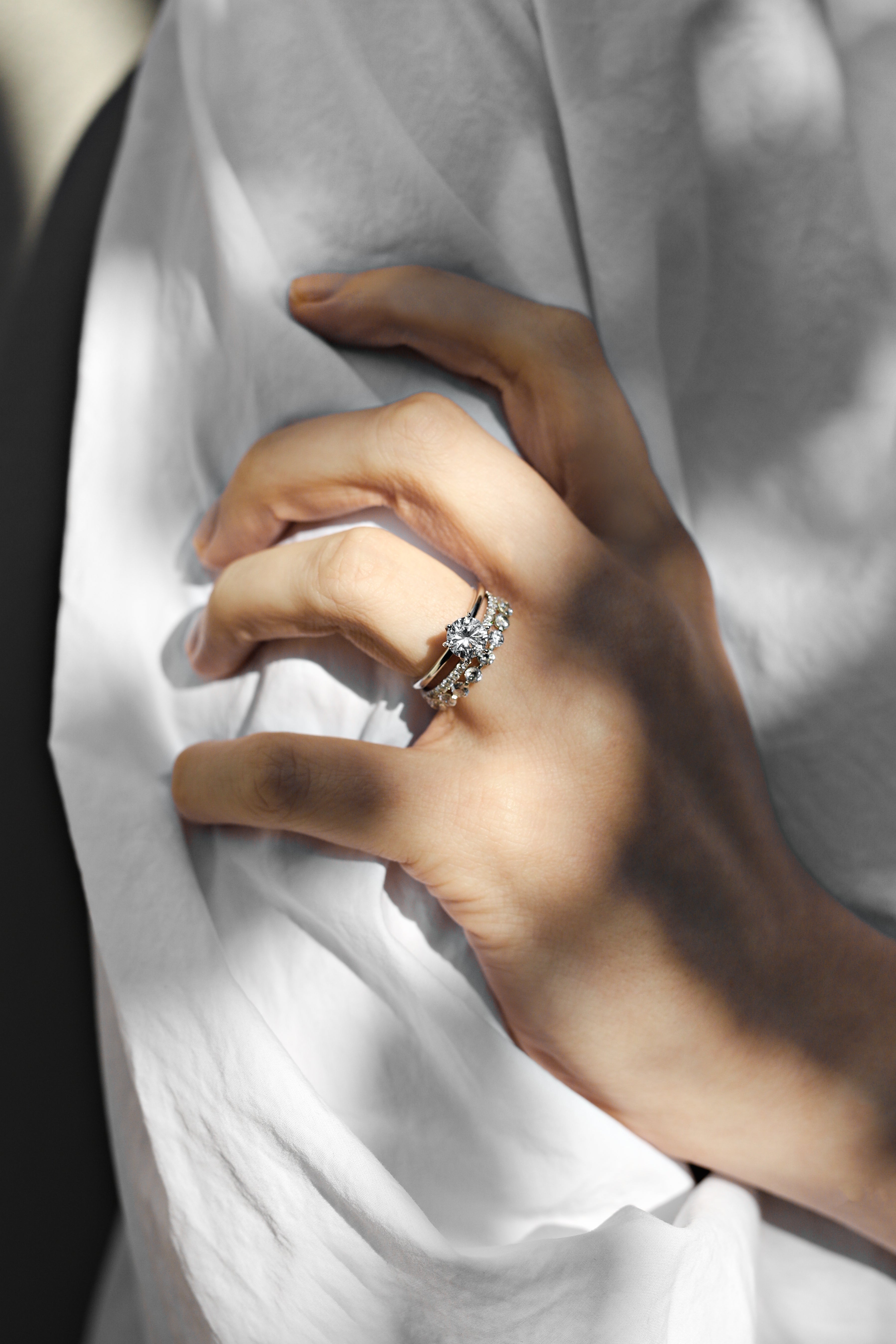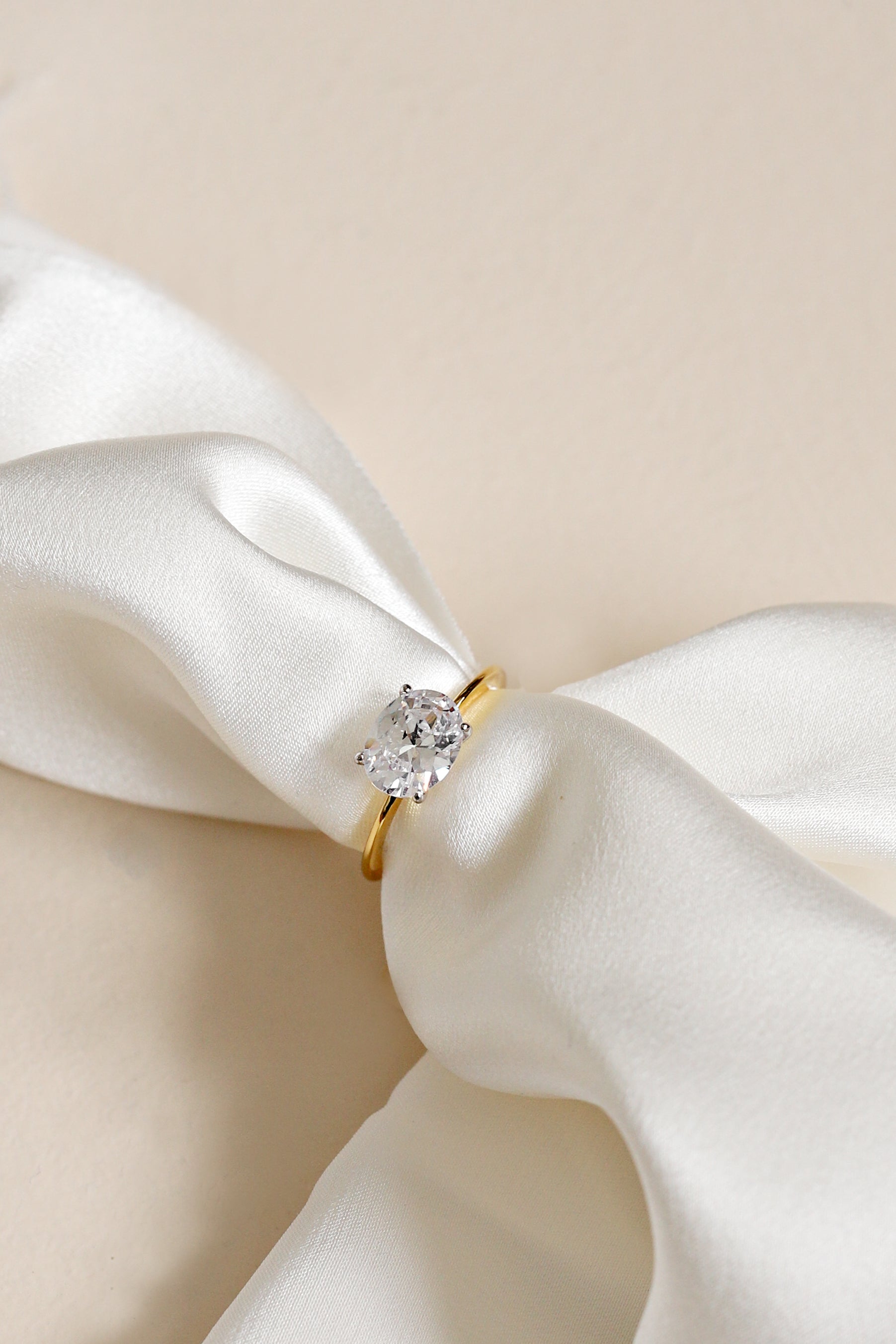Wedding ring
Historical Significance and Cultural Variations
- Wedding rings can be traced back to ancient Rome and Greece.
- They were originally associated with the marital dowry and later with a promise of fidelity.
- The modern exchange of rings originated in Europe during the Middle Ages.
- The choice of the ring finger was based on the belief in the 'vein of love' running from that finger to the heart.
- Rings were used in ancient Rome during marriage ceremonies.
- Different cultures had their own unique styles of wedding rings.
- In some cultures, such as Hindu and Muslim traditions, wedding rings are not commonly used.
- In Jewish weddings, the groom places the wedding ring on the bride's index finger.
- In Greek Orthodox ceremonies, the couple wears their wedding rings on their right hands before moving them to the left hand during the ceremony.
- In some African cultures, wedding rings are worn on the toes instead of the fingers.
- Different materials, such as wood or bone, may be used to create wedding rings in certain indigenous cultures.
Symbolism and Meaning
- Wedding rings symbolize the bond and commitment between two individuals.
- The circular shape of the ring represents eternity and the unending love between partners.
- The exchange of rings signifies the couple's willingness to share their lives and support each other.
- The choice of metal for the ring, such as gold or platinum, can represent wealth and prosperity.
- Some couples choose to personalize their wedding rings with engravings or gemstones that hold special meaning to them.
Religious and Spiritual Perspectives
- In Christian traditions, wedding rings are seen as a symbol of the couple's commitment and fidelity.
- Some religious groups, like Seventh-day Adventists, may have specific guidelines or restrictions regarding the use of wedding rings.
- In Jewish weddings, the wedding ring is an essential part of the ceremony and holds religious significance.
- Quakers may choose not to exchange wedding rings, as they prioritize simplicity and inner commitment.
Post-wedding Customs
- Wedding ring is worn on the hand it was placed during the ceremony.
- Wearing rings on fourth fingers symbolizes lifelong love and fidelity.
- Absence of wedding ring is often interpreted as being single.
- Some spouses wear their wedding rings day and night.
- Certain occupations may require wearing rings on a chain around the neck instead of fingers.
Evolving Trends and Modern Practices
- Contemporary couples have more freedom to choose non-traditional wedding ring designs and materials.
- Some couples opt for matching or complementary wedding ring sets to symbolize their unity.
- Personalized and custom-made wedding rings are becoming increasingly popular.
- The use of alternative materials, such as silicone or titanium, is gaining popularity among active individuals.
- Wedding ring tattoos have emerged as a trendy alternative to traditional rings.
Wedding ring Data Sources
| Reference | URL |
|---|---|
| Glossary | https://harryandcojewellery.com.au/blogs/glossary/wedding-ring |
| Wikipedia | http://en.wikipedia.org/wiki/Wedding_ring |
| Wikidata | https://www.wikidata.org/wiki/Q842096 |
| Knowledge Graph | https://www.google.com/search?kgmid=/m/015rvg |

